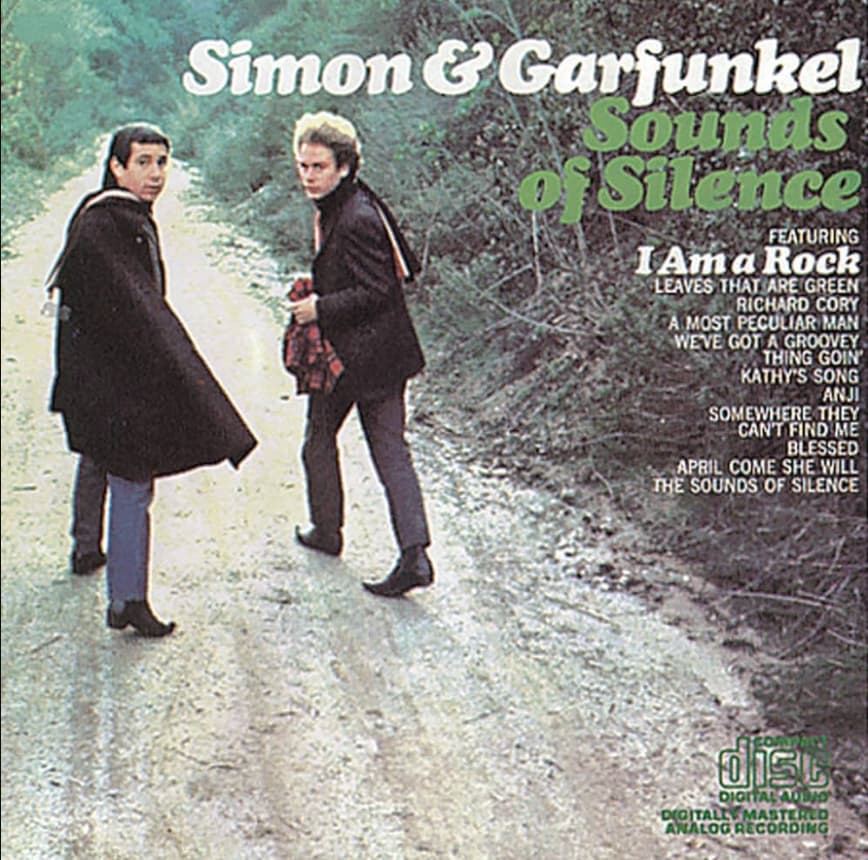
Simon & Garfunkel’s “The Sound of Silence”: A Resonant Reflection of a Turbulent Era
“The Sound of Silence”, a hauntingly beautiful track by the iconic American folk rock duo Simon & Garfunkel, is much more than just a song; it’s a cultural artifact that echoes the silent cries of a generation. Written by Paul Simon in the early 1960s, this song encapsulates the sense of disillusionment and alienation that many felt during a time of social upheaval and change. The journey of this song from obscurity to global acclaim is as compelling as its lyrics, making it one of the most unforgettable pieces in the history of modern music.
The song’s origins are humble. Recorded in March 1964 as part of Simon & Garfunkel’s debut album Wednesday Morning, 3 A.M., the original acoustic version of “The Sound of Silence” did not immediately captivate audiences. In fact, the album’s initial release was met with disappointing sales, leaving the duo at a crossroads. At this time, the duo was still relatively unknown, and their music had yet to find a mainstream audience. However, fate had different plans. As the song began to receive airplay on radio stations in Boston and Florida, it started to resonate with listeners in a way that no one had anticipated.
This growing popularity caught the attention of the song’s producer, Tom Wilson, who decided to take a bold step. Without informing Simon & Garfunkel, Wilson remixed the track, adding electric instruments and drums, transforming it from a folk ballad into a folk rock anthem. This decision proved to be a masterstroke. The remixed version, released as a single in September 1965, quickly climbed the charts, eventually reaching the coveted No. 1 spot on the Billboard Hot 100 in early 1966.
The success of “The Sound of Silence” not only brought Simon & Garfunkel back together—prompting the recording of their second album, aptly titled Sounds of Silence—but it also solidified their place in music history. The song became an anthem for the era, reflecting the deep-seated anxieties of a generation grappling with issues like war, civil rights, and the rapid pace of societal change.
Its inclusion in the 1967 film The Graduate further cemented its legacy, introducing the song to an even broader audience and embedding it in the cultural consciousness of the time. The song’s melancholic melody and profound lyrics, like “Hello darkness, my old friend,” became a voice for those who felt isolated and unheard.
Over the years, “The Sound of Silence” has remained a timeless classic, its relevance enduring as it continues to speak to the universal human experience of feeling lost in the noise of the world. In 2012, the song was honored by being added to the National Recording Registry in the Library of Congress, a testament to its “culturally, historically, or aesthetically important” status.
From its humble beginnings to its iconic status, “The Sound of Silence” is more than just a song; it’s a powerful reflection of the silent struggles and unspoken thoughts that connect us all.